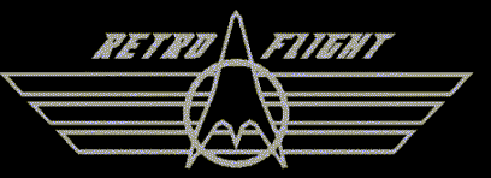
X-PROJECTS
X - 15 PROJECT
RADIO CONTROL MODEL ROCKET GLIDER
UNIQUE HIGH POWER ALL COMPOSITE RADIO CONTROL ROCKET GLIDER
MODEL OF ONE OF THE UNITED STATES MOST FAMOUS X-PLANES.

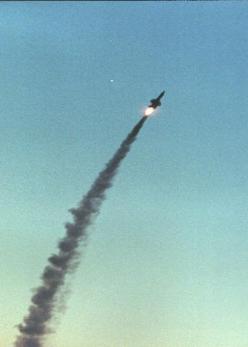
Retro Flight President and Design
Engineer Doug Gard displays the
completed all composite radio
controlled project X-15 rocket glider
(left hand picture).
Project X-15 ascends into the early
mourning sky powered by an Aerotech
I200W RMS rocket motor (right hand
picture).
Project X-15 features a large all
movable vertical tail wedge rudder for
yaw control and two rear all movable
stabilators with differential movement
for roll control and symmetrical
movement for pith control. Large flaps
are on the main trapezoid wing to
provide additional lift during glide.
The fuselage is of molded all composite carbon, kevlar, fiberglass,
and epoxy construction. The main wing and stabulators are CNC wired
to exacting shape. The wings and stabs are covered with carbon,
kevlar, fiberglass cloth, and epoxy then vacuum bagged to produce a
strong light weight structure.
A Futaba seven channel receiver provides control to the servos and
two Jomar E-switches utilized to initiate air start of two Aerotech E-25
motors and to deploy two 72" parachutes. One channel is utilized to
open a ballast dump valve which dumps one pound of water ballast
from the nose cone as the rocket nears maximum altitude and arcs
over to transition into the glide recovery mode. A steep spiraling glide
angle is utilized to aim the rocket back towards the launch area. At
around 400' AGL two large 72" parachutes are deployed by remote
control to gently lower the model back to the earth near the launch site.
Water ballast is utilized to shift the CP position at launch (required for
stable hands off vertical rocket powered ascent) rearwards
establishing the proper NP location for the glide recovery mode.
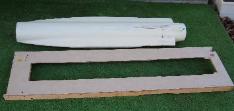
Above:Fuselage plug and parting
board used to fabricate the two
piece fiberglass fuselage mold.
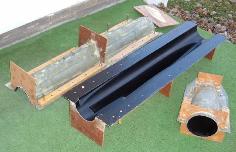
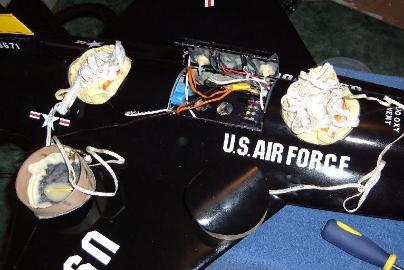
Above: Fuselage, Nose cone and
cockpit canopy molds.
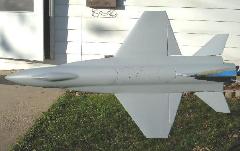
Above: X-15 assembled and
primered. Note parachute fuselage
cans located on each side of the
fuselage center hatch.
Above: Packing the chutes, charging the bateries and hooking
up pyro charges.
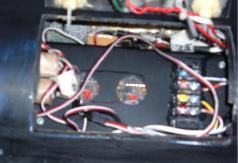
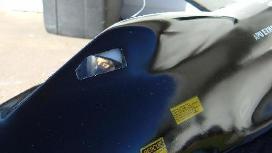
Above: Avionics compartment. Two
red arm Jomar E-switch LEDS visible
through clear round windows.
Above: Pilot visible through clear
cockpit canopy windscreen.
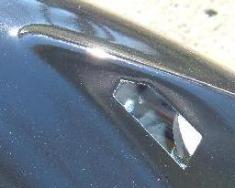
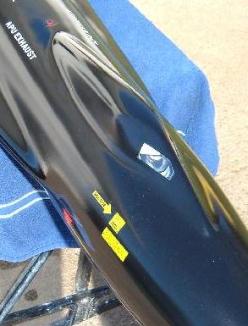
Above: Top of pilot helmet and
cockpit instrument panel visible
through clear cockpit canopy
windscreen.
X-15 CANOPY WINDSCREEN AND
PILOT